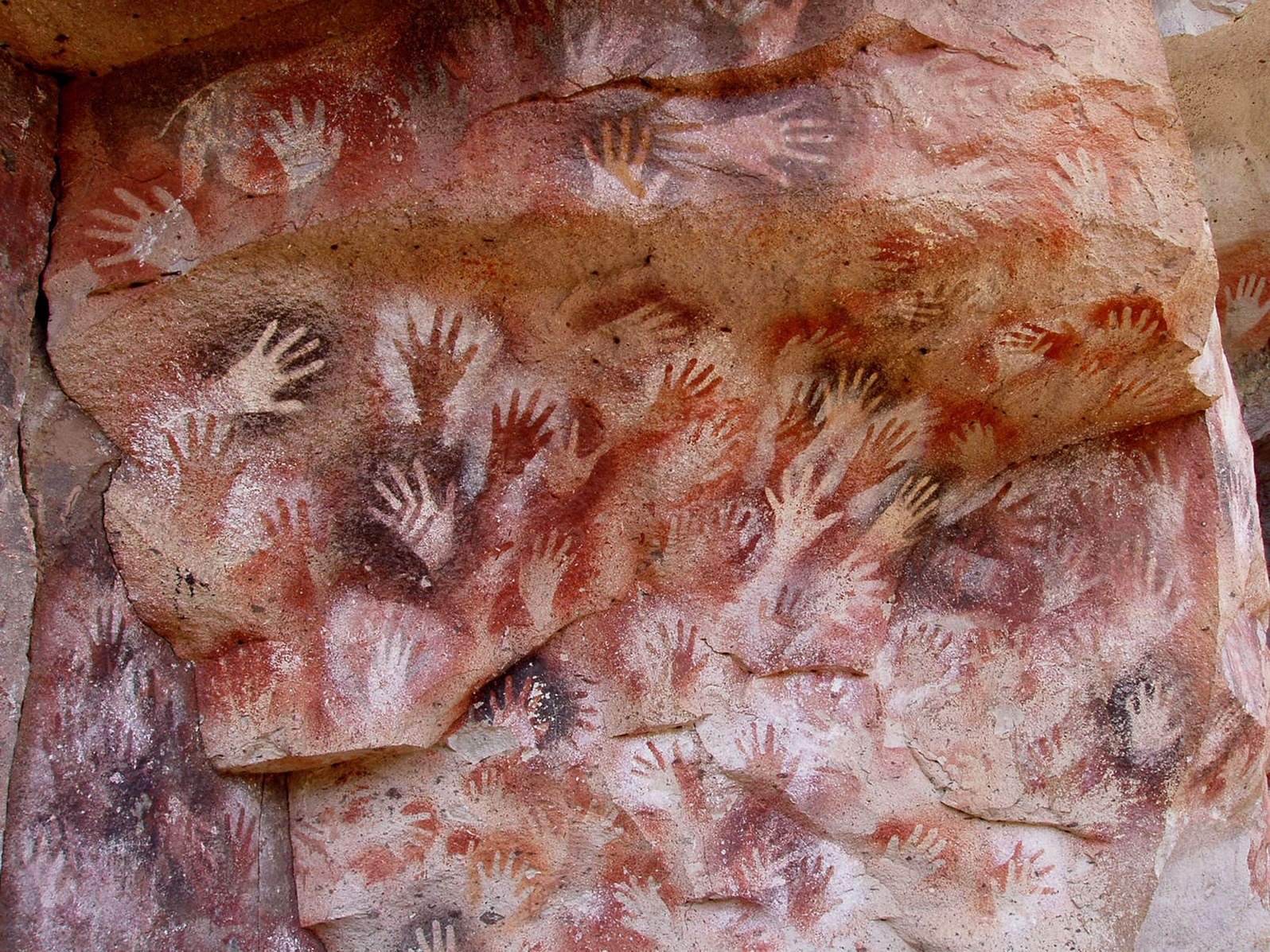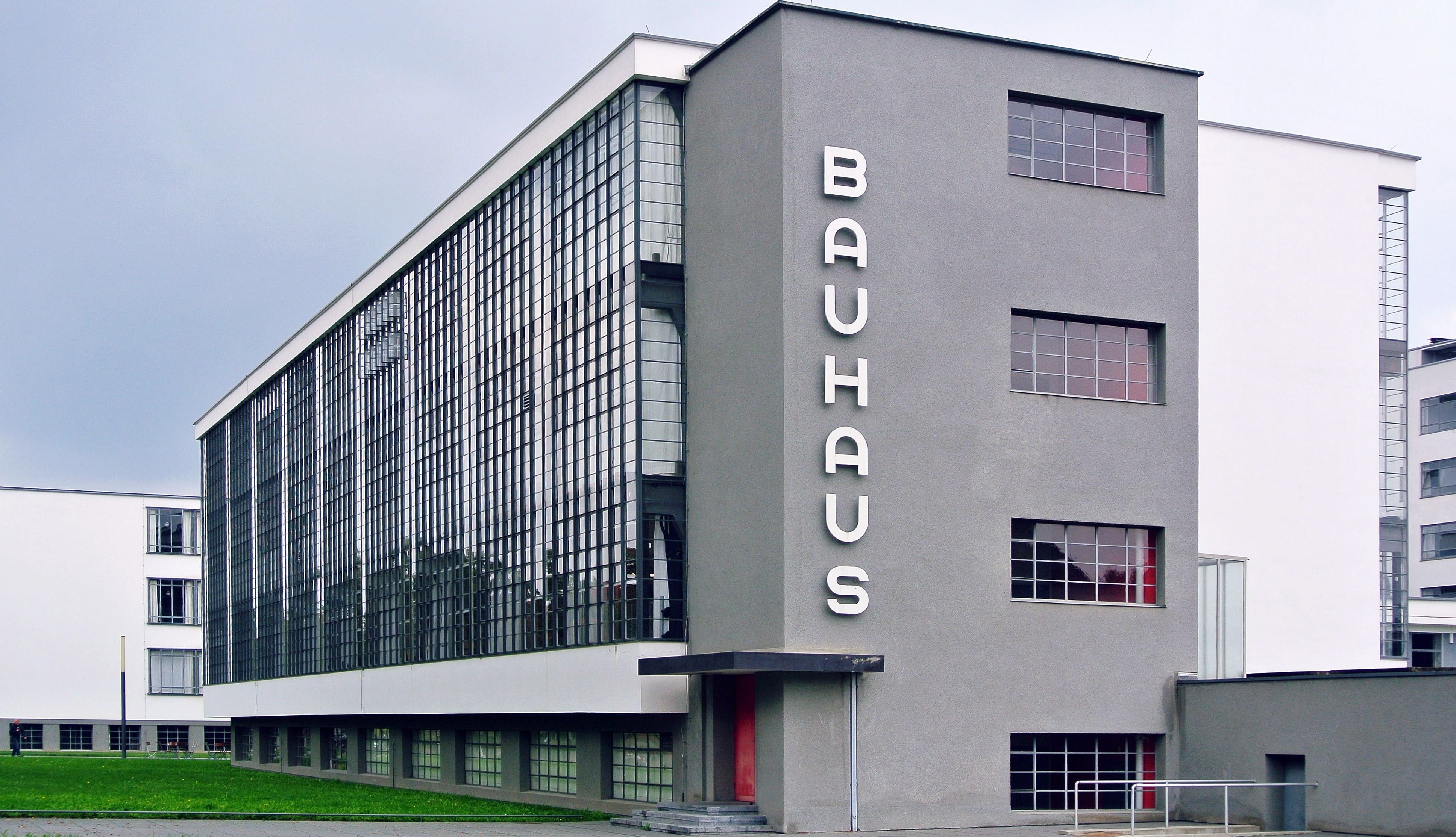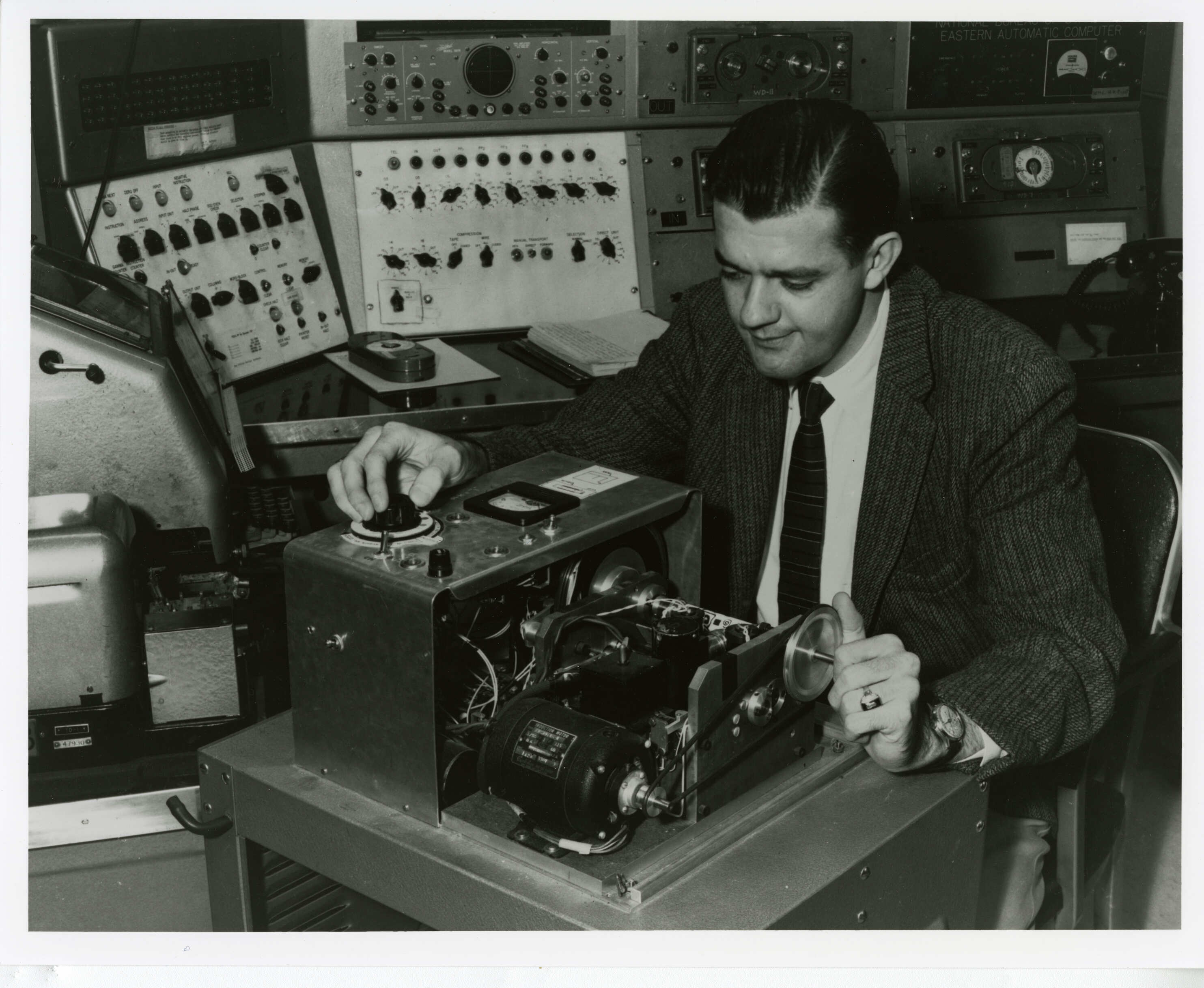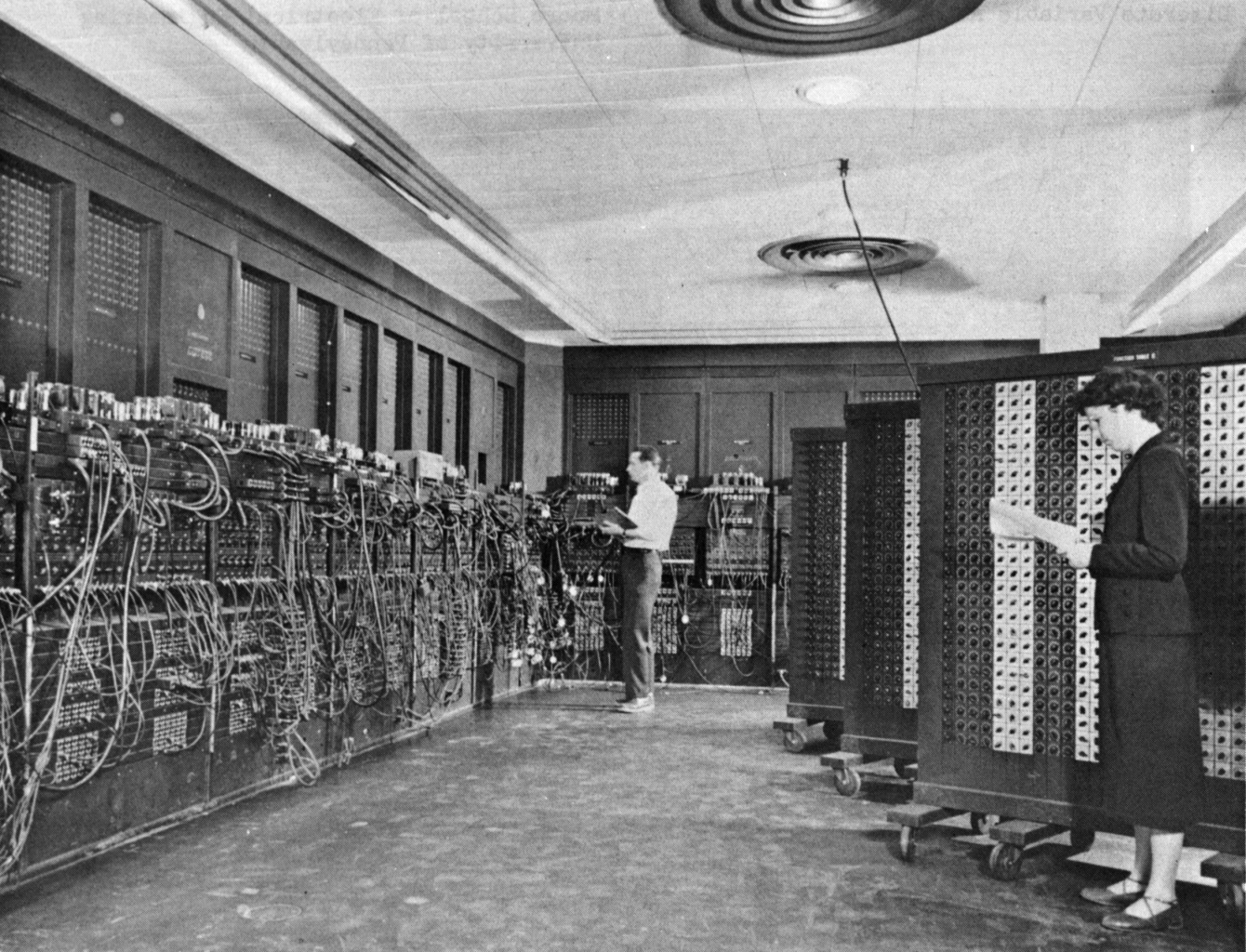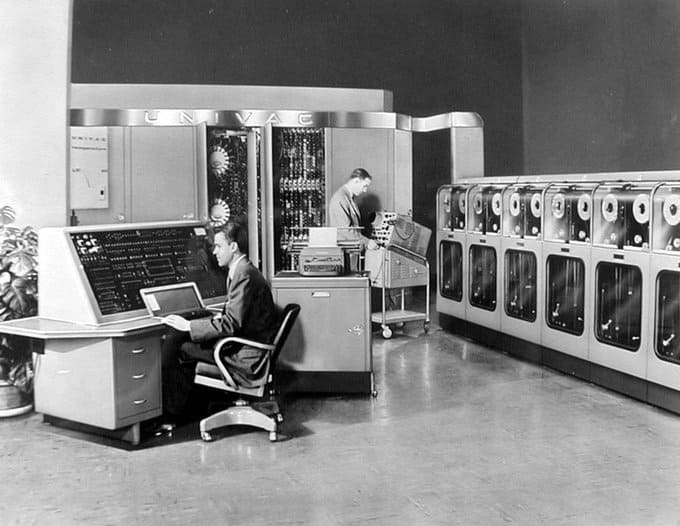THE HISTORY OF 3D RENDERING IN THE 1990s: Revolutionary decade. Part 1
DIGITAL REVOLUTION
The 3rd Industrial Revolution
The progress in computer technologies in the 1990s was extremely rapid, both in hardware and software. The boost of technology augmented diversity of implementation of Computer Generated Imaging, accelerated progress in video gaming, caused revolution in cinema, advertising and, of course, all spheres of 3D Rendering: architecture and constructing, industry, medicine and others.
The 3rd Industrial Revolution started under the name of the Digital Revolution, labelling the shift from analogue electronics to digital.
HARDWARE
In 1990s personal computers (PCs) tended to become much stronger, more numerous and at the same time faster, smaller and cheaper. They persistently conquered individuals and households, intruding on all spheres of human existence and denoting the start of the PC era.
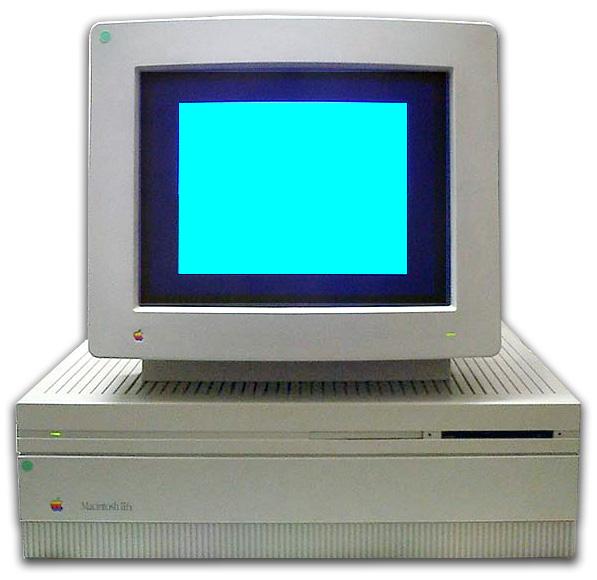
Every year of the decade was marked by releases of new PCs with constantly improving characteristics, produced by competing bunch of more than 25 companies. Among them were such giants as Apple, Acer, Dell, IBM, HP, Toshiba and others, less powerful, who could not survive the competition, but anyway contributed to the revolutionary development of hardware.
And, of course, the first laptops are introduced though still too expensive to become successful.
SOFTWARE
Basic Trends
Technologies and algorithms in 3D rendering continued development in the direction of improving quality of CGI and expanding the scope of application in different spheres. Another important trend – emergence of complex packages of 3D Rendering soft with combination of features of different programs, making 3D modelling faster, cheaper and more available. The three most important stages of rendering (modelling, animation, rendering itself) were finally accumulated together. Availability of advanced hardware and software enabled individuals and small companies to create art objects, video games and other CG products of professional quality.
BSP Trees Continue To Grow
In 1990s the next steps were made in the development of BSP Tree algorithm.
The computer scientists Naylor, Amanatides and Thibault created a method of merging two BSP trees into the new one, so new opportunities opened up in collision detection, rendering of moving objects in a static environment , CSG (Constructive Solid Geometry) operations on polygons and ordering of transparent surfaces of two interpenetrating objects.
At about the same time the American computer scientists Teller and Seguin proposed the process of PVS (Potentially Visible Set) generation. These offline set accelerated rendering in orthogonal 2D environment.
In 1991 the computer scientists Gordon and Chen introduced a novelty in rendering from BSP tree – front-to-back rather than the traditional back-to-front. The famous video game Doom was created by John Carmack with the help of this algorithm.
In 1992 in the course of his PhD Seth Jared Teller expanded his method of generation of PVS to accelerate 3D rendering in arbitrary polygonal 3D environments. Real-time visible surface determination was considerably boosted, and that was used in Quake, another famous computer game.
In 1993 the computer scientist Hayder Radha in his PhD thesis described the algorithm of creation of an optimal BSP tree construction framework for any random input image. That was a considerable contribution to the image representation methods in 3D rendering.
LIGHTWAVE 3D IN THE 1990s
In 1990s time came for software packages, combining in itself the features of different programs: rendering, modelling and animation.
One of the first packages of this kind, originated in 1990s, was LightWave 3D developed by NewTek, an American hardware and software company. Initially it was a suite of programs, developed by two colleagues and friends, Allen Hastings and Stuart Fergusson. The first algorithm was a rendering and animation program VideoScape 3D, created by Allen Hastings in 1988, and the second one appeared as a modelling program Modeler, developed by Stuart Fergusson.

Initially LightWave 3D was an application to the complex editing suite Video Toaster, running on the Amiga computer. The NewTek company released the Video Toaster suite in 1990, and since 1994 LightWave 3D has been available as a standalone program, its 9.3 version running on both Windows and Mac OS X platforms.
LightWave 3D caused a revolution in Hollywood and TV film production. Such TV series and movies as seaQuest DSV, StarTrek: Voyager, Titanic, Avatar and more are all on the list of implementation of LightWave 3D special effects.
The availability of creation process with this package considerably increased: Bruce Branit and Jeremy Hunt, two self-taught CG artists, sitting at home and using LightWave 3D were able to create a 3-minute movie 405 on a US $300 budget.
Toy Story
The 1995 American computer-animated comedy Toy Story appeared to be the first feature film presented entirely in 3D rendered computer graphics. Besides this fact Toy Story collected some other impressive “firsts”: it was the first feature film from Pixar Animation Studios, the feature debut of its director John Lasseter, the first experience for Tom Hanks’s and Tim Allen’s voices in animated films, the first installment in the Toy Story franchise and the first animated film to be nominated for the Best Original Screenplay by the Academy Awards.
Director John Lasseter, inspired by the Tron light-cycle animation was pushing the idea of creating the wholly 3D computer animated feature film and eventually the Toy Story was produced by Pixar Animation Studios and released by Walt Disney Pictures in 1995.
The implementation of 3D animation required Pixar Image Computers, 27 animators, 400 models to animate the characters and considerable amount of time and effort, as it was possible to render only about 30 sec of animation per day.
The result was revolutionary. After its release the film got critical acclaim alongside with the highest approval rating, and since then for many admirers it remains one of the best animated films ever made. It was the second highest-grossing film of 1995, its success launched a multimedia franchise, a series of sequels and a spin-off, Lightyear, released in 2022. In 2005 the Toy Story was included in the US National Film Registry as one of the most significant films in the American Cinema history.

